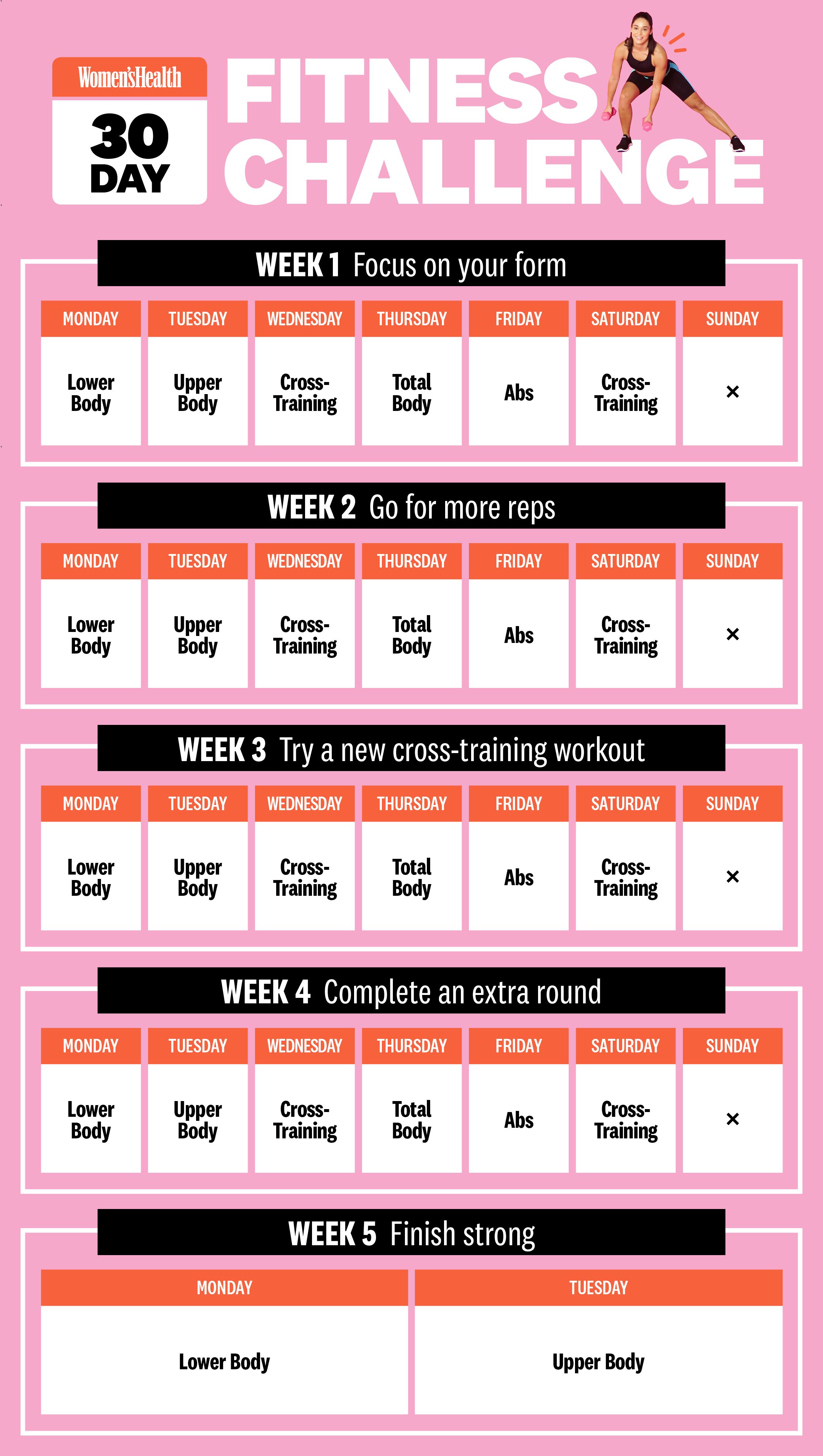“The Ultimate Guide to Building Healthy Exercise Routines for Life
With excitement, let’s uncover the fascinating topic of The Ultimate Guide to Building Healthy Exercise Routines for Life. Come along as we weave together engaging insights and offer a fresh perspective to our readers.
About Video The Ultimate Guide to Building Healthy Exercise Routines for Life
The Ultimate Guide to Building Healthy Exercise Routines for Life

In today’s fast-paced world, it’s easy to let exercise fall by the wayside. But maintaining a regular exercise routine is one of the most powerful investments you can make in your physical and mental well-being. Exercise offers a plethora of benefits, from boosting energy levels and improving mood to reducing the risk of chronic diseases. This guide will provide you with the knowledge and tools you need to create and sustain healthy exercise routines that fit your lifestyle and goals.
Why Exercise Matters: The Benefits Beyond Weight Loss
While weight management is a common motivation for exercise, the advantages extend far beyond the scale. Here’s a glimpse of the remarkable benefits you can reap from regular physical activity:
-
Improved Cardiovascular Health: Exercise strengthens your heart, improves circulation, and lowers blood pressure and cholesterol levels. This significantly reduces the risk of heart disease, stroke, and other cardiovascular conditions.
-
Enhanced Mental Well-being: Exercise is a natural mood booster. It stimulates the release of endorphins, which have mood-lifting and stress-reducing effects. Regular physical activity can alleviate symptoms of anxiety and depression, improve sleep quality, and enhance cognitive function.
-
Stronger Bones and Muscles: Weight-bearing exercises, such as walking, running, and strength training, help build and maintain bone density, reducing the risk of osteoporosis. Exercise also strengthens muscles, improving balance, coordination, and overall physical function.
-
Reduced Risk of Chronic Diseases: Exercise plays a crucial role in preventing and managing chronic diseases, including type 2 diabetes, certain types of cancer, and arthritis. It helps regulate blood sugar levels, boosts the immune system, and reduces inflammation throughout the body.

-
Increased Energy Levels: Contrary to popular belief, exercise can actually increase your energy levels. Regular physical activity improves cardiovascular function and muscle strength, making you feel more energized and less fatigued throughout the day.

Better Sleep Quality: Exercise can promote better sleep by regulating your body’s natural sleep-wake cycle. However, it’s best to avoid intense workouts close to bedtime, as they can have a stimulating effect.

Designing Your Personalized Exercise Routine: A Step-by-Step Approach
Creating an exercise routine that you enjoy and can stick to is essential for long-term success. Here’s a step-by-step guide to help you design a personalized routine:
1. Set Realistic Goals:
Start by identifying your fitness goals. Do you want to lose weight, build muscle, improve your cardiovascular health, or simply feel more energetic? Be specific and realistic about what you want to achieve. Setting achievable goals will keep you motivated and prevent you from getting discouraged.
2. Choose Activities You Enjoy:
The key to sticking with an exercise routine is to choose activities that you find enjoyable. Experiment with different types of exercise until you find something that you look forward to doing. This could include walking, running, swimming, cycling, dancing, hiking, yoga, or team sports.
3. Incorporate Variety:
A well-rounded exercise routine should include a mix of cardiovascular exercise, strength training, and flexibility exercises. This will help you improve your overall fitness and prevent boredom.
-
Cardiovascular Exercise: Activities that elevate your heart rate and breathing, such as brisk walking, running, swimming, cycling, or dancing. Aim for at least 150 minutes of moderate-intensity or 75 minutes of vigorous-intensity cardiovascular exercise per week.
-
Strength Training: Exercises that work your muscles against resistance, such as lifting weights, using resistance bands, or doing bodyweight exercises like push-ups and squats. Aim to strength train all major muscle groups at least two days per week.
-
Flexibility Exercises: Stretches that improve your range of motion and reduce the risk of injury, such as yoga, Pilates, or static stretching. Aim to stretch all major muscle groups several times per week.
4. Create a Schedule:
Schedule your workouts into your week like any other important appointment. This will help you prioritize exercise and make it a regular part of your routine. Be realistic about how much time you can commit to exercise each week and choose a schedule that works for you.
5. Start Slowly and Gradually Increase Intensity:
If you’re new to exercise, start slowly and gradually increase the intensity and duration of your workouts over time. This will help you avoid injury and prevent burnout. Listen to your body and don’t push yourself too hard, especially in the beginning.
6. Warm-Up and Cool-Down:
Always warm up before each workout with 5-10 minutes of light cardio and dynamic stretching. This will help prepare your muscles for exercise and reduce the risk of injury. Cool down after each workout with 5-10 minutes of static stretching. This will help your muscles recover and reduce soreness.
7. Stay Hydrated:
Drink plenty of water before, during, and after your workouts to stay hydrated. Dehydration can lead to fatigue, muscle cramps, and decreased performance.
8. Listen to Your Body:
Pay attention to your body and don’t ignore pain or discomfort. If you experience any pain, stop exercising and rest. If the pain persists, consult a doctor or physical therapist.
9. Track Your Progress:
Keep track of your workouts and progress to stay motivated and see how far you’ve come. You can use a fitness tracker, a journal, or a mobile app to track your workouts, weight, measurements, and other relevant data.
10. Be Patient and Consistent:
It takes time and effort to see results from exercise. Don’t get discouraged if you don’t see results immediately. Be patient and consistent with your workouts, and you will eventually reach your fitness goals.
Sample Exercise Routines for Different Fitness Levels:
Here are some sample exercise routines for different fitness levels to get you started:
-
Beginner Routine:
- Walking: 30 minutes, 3-5 days per week
- Bodyweight exercises: 2 sets of 10-12 repetitions of squats, push-ups (on knees if needed), lunges, and planks, 2 days per week
- Stretching: 10-15 minutes, several times per week
-
Intermediate Routine:
- Running or cycling: 30-45 minutes, 3-5 days per week
- Weight training: 3 sets of 8-12 repetitions of exercises like bench press, squats, deadlifts, rows, and overhead press, 2-3 days per week
- Yoga or Pilates: 30-60 minutes, 1-2 days per week
-
Advanced Routine:
- High-intensity interval training (HIIT): 20-30 minutes, 2-3 days per week
- Weight training: 3-4 sets of 6-10 repetitions of advanced exercises like Olympic lifts, plyometrics, and compound movements, 3-4 days per week
- Active recovery: 30-60 minutes of light activity like swimming or hiking, 1-2 days per week
Tips for Staying Motivated and Consistent:
- Find a workout buddy: Exercising with a friend can make it more fun and help you stay accountable.
- Join a fitness class: Group fitness classes can provide motivation and structure.
- Reward yourself: Set small goals and reward yourself when you achieve them.
- Make it a habit: The more you exercise, the easier it will become to make it a habit.
- Don’t give up: Everyone has days when they don’t feel like exercising. Don’t let a few missed workouts derail your progress.
Common Mistakes to Avoid:
- Doing too much, too soon: Starting too intensely can lead to injury and burnout.
- Not warming up or cooling down: Warming up and cooling down are essential for preventing injury and promoting recovery.
- Not listening to your body: Ignoring pain or discomfort can lead to more serious injuries.
- Not varying your routine: Doing the same exercises over and over can lead to boredom and plateaus.
- Not fueling your body properly: Eating a healthy diet is essential for providing your body with the energy it needs to exercise.
Consulting a Professional:
If you have any underlying health conditions or are unsure about how to start an exercise routine, consult a doctor or certified personal trainer. They can help you create a safe and effective exercise plan that is tailored to your individual needs and goals.
The Takeaway:
Building healthy exercise routines is a lifelong journey. By setting realistic goals, choosing activities you enjoy, and being consistent with your workouts, you can reap the numerous physical and mental benefits of exercise and improve your overall quality of life. So, take the first step today and start building a healthier, happier you!

